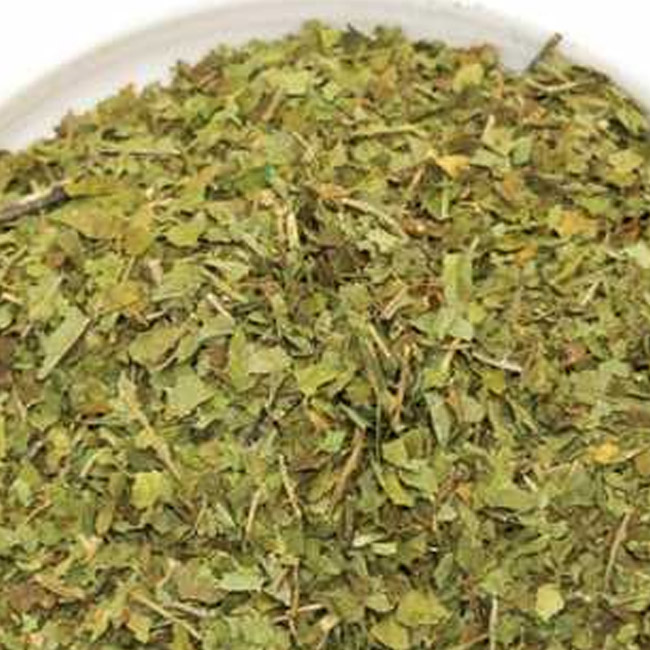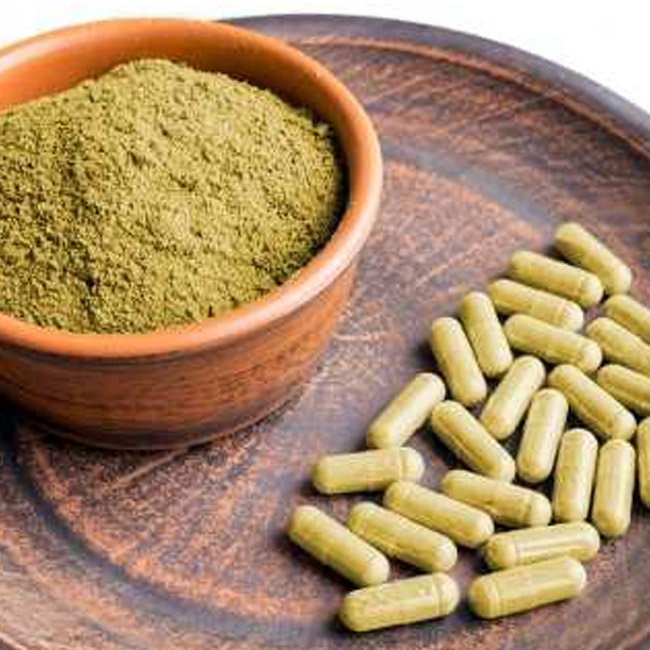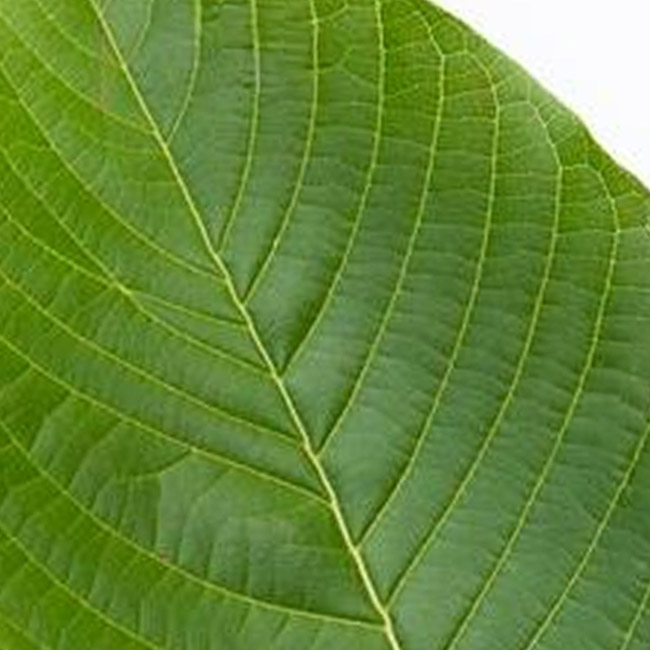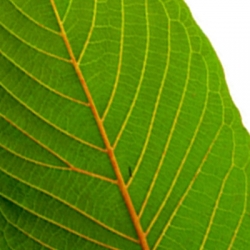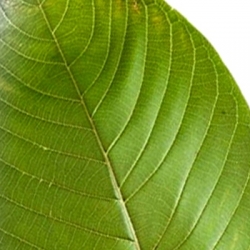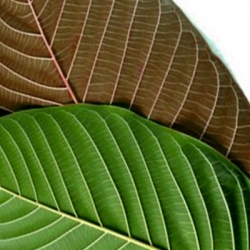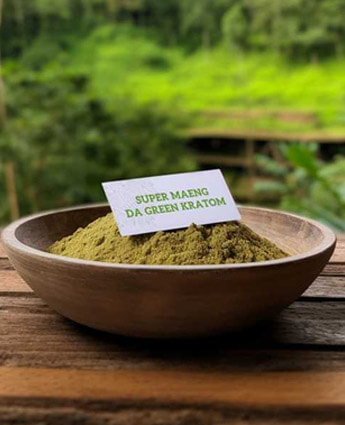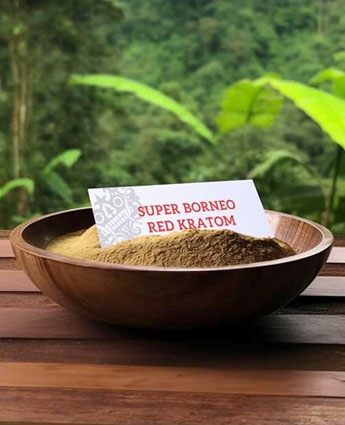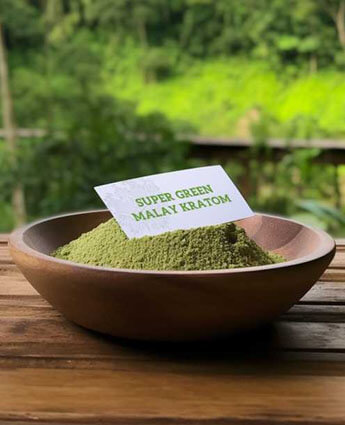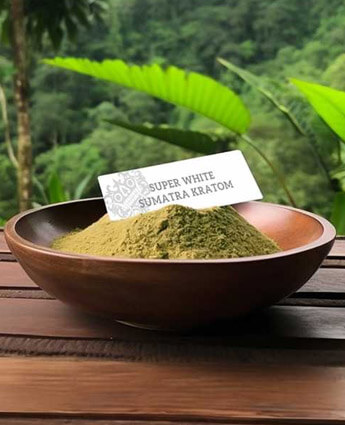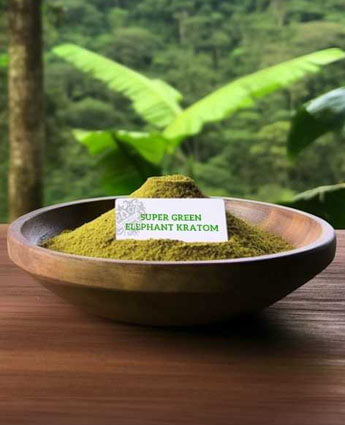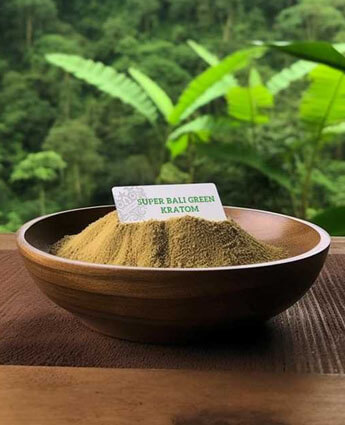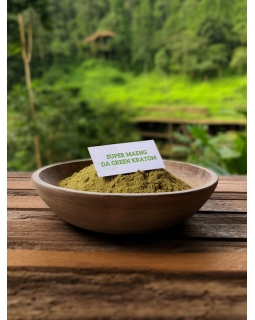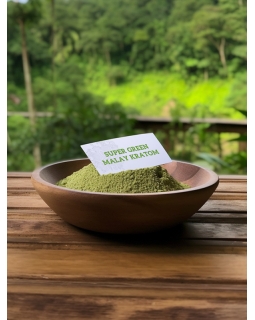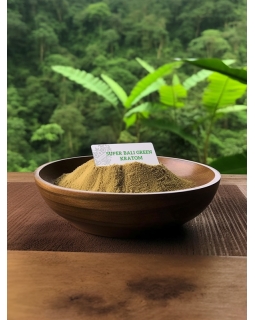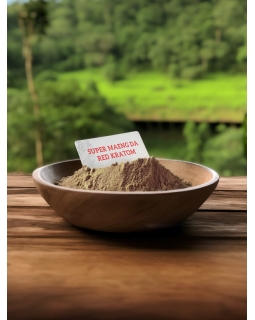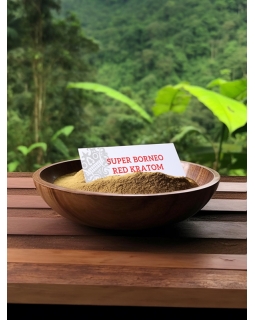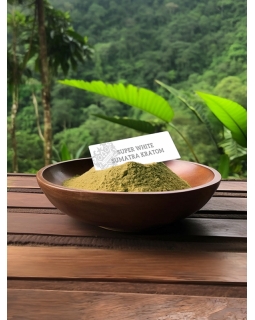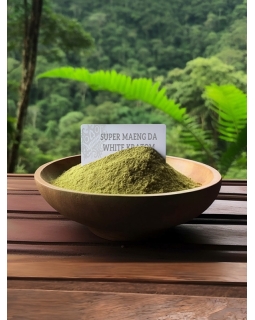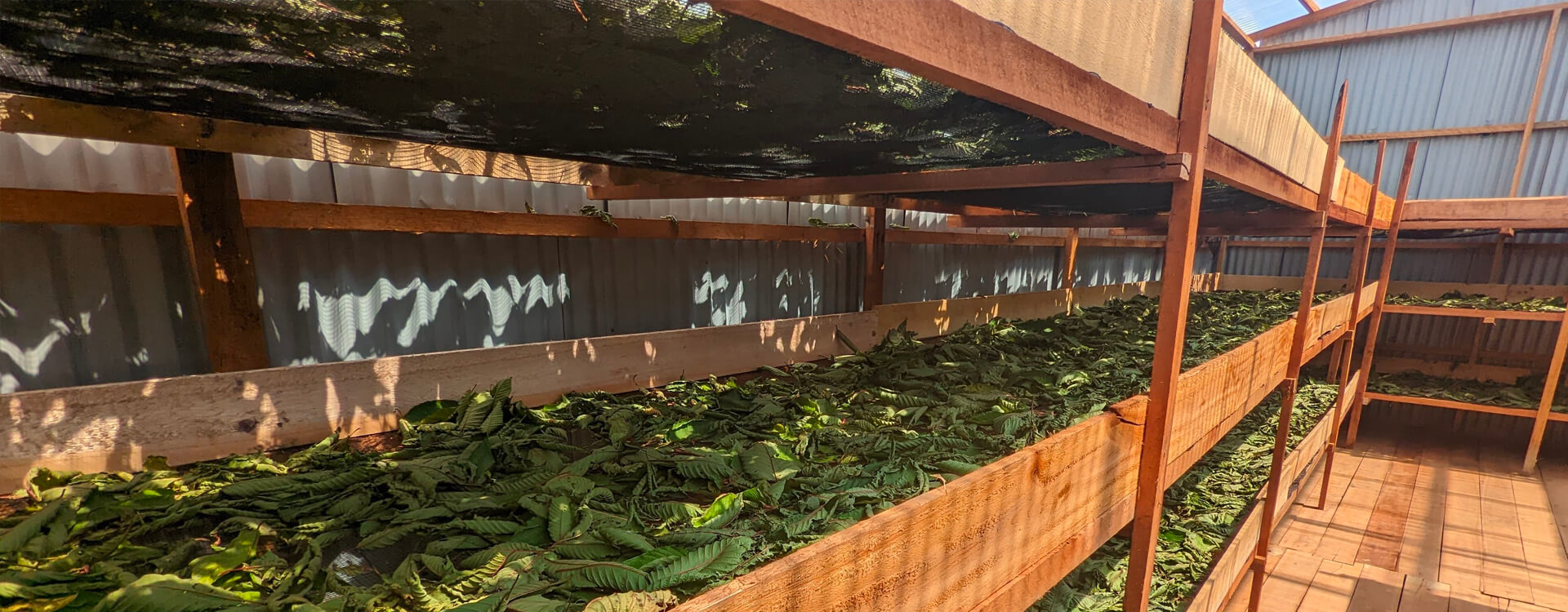
What is Kratom?
What is Kratom?
Kratom, known scientifically as Mitragyna speciosa, is a tropical tree from Southeast Asia, particularly found in Thailand, Malaysia, and Indonesia. It is a member of the coffee family and flourishes in the region's humid climate and fertile soil. The tree can reach heights of up to 25 meters, characterized by its large, green, glossy leaves which are essential to its identification. For centuries, Kratom has been integrated into the traditional practices of Southeast Asia, appreciated for its natural attributes. The emphasis on Kratom lies in its botanical and cultural importance
Exploring Mitragyna Speciosa (Kratom)
Explore the fascinating realm of Kratom powder, a distinctive botanical substance known for its historical depth and cultural value. Discover the roots of this intriguing plant, its method of transformation into powder, and the unique characteristics that define its botanical identity.
The Origins of Kratom
Kratom, a substance with a rich heritage, has been recognized and utilized by indigenous communities in Southeast Asia for countless generations. Its application was profoundly interwoven with traditional ceremonies. The Kratom tree naturally thrives in the tropical rainforests of Southeast Asia, where the climate and soil conditions are perfectly suited for its growth.
Understanding Kratom Powder
Kratom powder is crafted from the leaves of the Kratom tree. These leaves are harvested, dried, and then pulverized into a fine powder. Traditionally, Kratom powder is categorized based on the color of the leaf veins at the time of harvest.
The Natural Habitat of the Kratom Tree
The natural habitats conducive to Kratom's growth are characterized by moist, fertile soils, particularly in humid and wet environments such as those in Putussibau, Kalimantan, Indonesia. These optimal conditions foster the development and maturation of Kratom trees, enabling them to fully express their distinctive botanical properties.
The Botanical Profile of Kratom
Belonging to the Rubiaceae family, which is the same family as coffee and gardenia, Kratom (Mitragyna speciosa) has a complex botanical profile. This section explores the scientific classification of Kratom, detailing the primary botanical components identified through analysis. It highlights the plant's intricate nature and the diverse array of compounds it encompasses.
Cultural Significance of Kratom
Kratom leaves have been a staple in Southeast Asian culture for centuries, with the region being a prominent consumer and producer. The use of Kratom varied, often featuring in rituals and medicinal practices, underscoring its cultural importance and value beyond merely being a botanical specimen.
Kratom Powder in Botanical Research
It's important to recognize the scientific interest in Kratom. Research focuses on its botanical properties and ecological role within its native habitats. Future investigations are expected to reveal more about this intricate plant.
Sustainability and Ethical Harvesting
Harvesting Kratom is conducted with a commitment to sustainability and ethical practices. This section addresses conservation efforts and the importance of responsible collection to support local communities and maintain ecological balance.
Global Distribution and Availability
Kratom powder's global reach and availability are influenced by a mix of geographic, ecological, and commercial factors. This exploration sheds light on how Kratom powder is distributed worldwide and the elements impacting its accessibility.
Conclusion
Kratom powder is a botanical product enriched with history and a detailed botanical profile. Its significance spans cultural, traditional, and scientific realms, drawing widespread interest. Focusing on its natural presence, origins, production, and cultural heritage allows for a fuller understanding of Kratom powder and its role in nature.
FAQs About Kratom Powder
1. What is the natural habitat of the Kratom tree?
Southeast Asia, specifically in countries like Thailand, Malaysia, Indonesia, and Papua New Guinea.
2. How is Kratom powder produced?
Kratom leaves are harvested, dried, and ground into a fine powder.
3. What are the key botanical components of Kratom?
Mitragynine and 7-hydroxymitragynine are the most known alkaloids in Kratom.
4. How are sustainability and ethical harvesting practices applied to Kratom?
Sustainable practices involve replanting trees, avoiding overharvesting, and supporting local communities.


